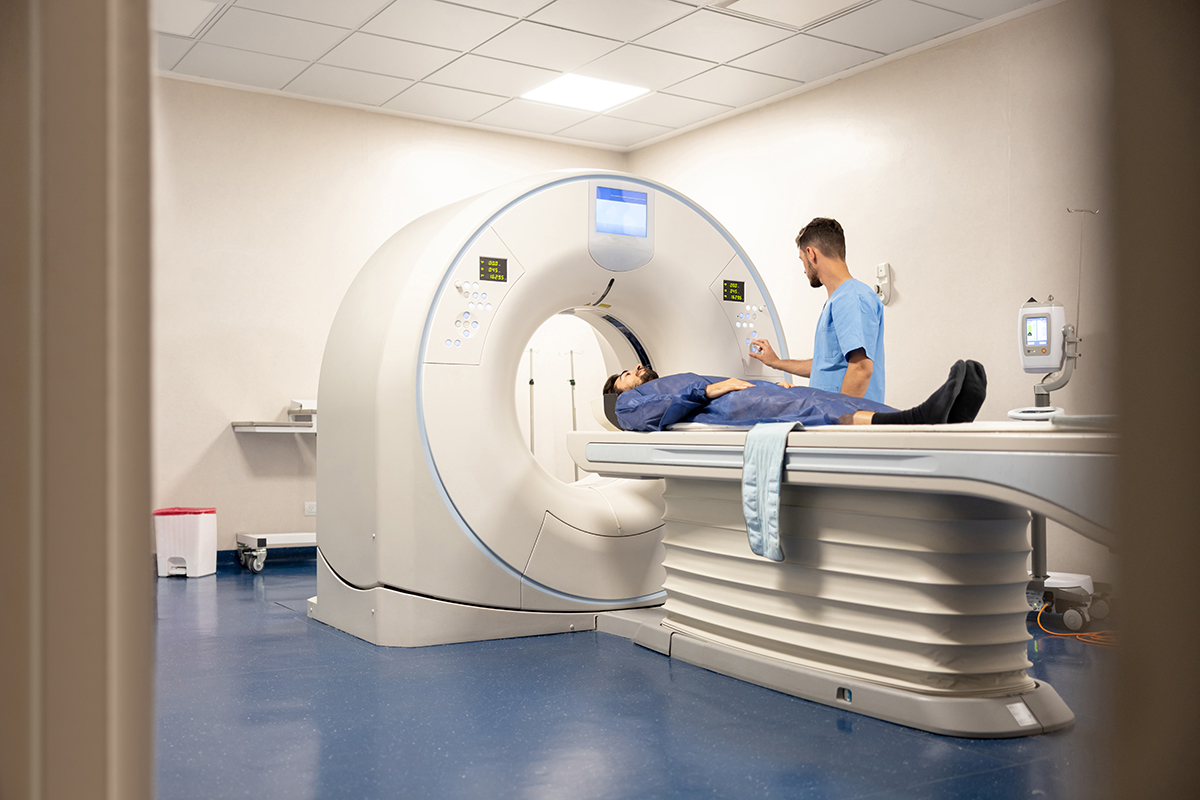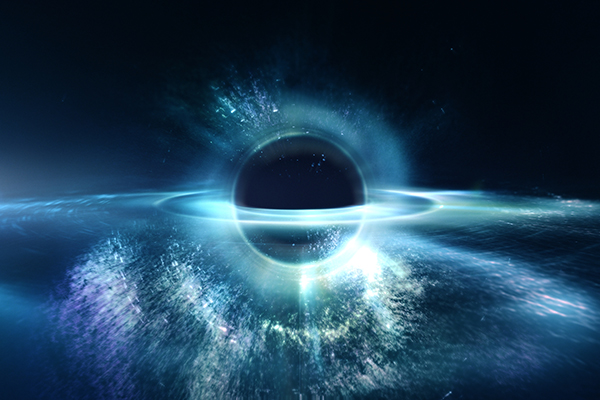Antimatter is one of the most fascinating discoveries in modern science. It has the potential to transform the future of technology, medicine and space exploration. Although expensive and complicated to produce, its applications could revolutionize key areas of science. In this article, we explore what it is, how it is produced and how it could change our lives.
What is antimatter and how does it alter the laws of physics?
Antimatter is the opposite of matter as we know it. It is made up of antiparticles, such as positrons (antielectrons) and antiprotons, which have opposite charges to the particles that make up ordinary matter. When these antiparticles encounter matter particles, they annihilate, releasing an enormous amount of energy. This process, known as annihilation, is the most energetic of all physical phenomena and releases more energy than nuclear reactions.
Antimatter production: a technical and economic challenge
Producing it is not easy. Although small quantities have been produced at the Large Hadron Collider (CERN), the cost is still very high. It is estimated that generating one milligram of antimatter could cost 57 billion euros. This high cost limits its use to specific experiments, but it remains a fascinating area of research, as its potential continues to grow.
Current applications: benefits in medicine and physics
Antimatter is already being used in practical ways. In medicine, for example, positron emission tomography (PET) is a technique that uses positrons to obtain detailed images of the human body. This technology is essential for diagnosing diseases such as cancer, as it makes it possible to observe how radioactive substances accumulate in problem areas, revealing tumors or abnormal neuronal activity.

Furthermore, in physics, antimatter is key to performing experiments on the fundamental laws of the universe, such as the study of the Higgs boson. These experiments help refine existing theories and discover new particles, opening the door to revolutionary scientific breakthroughs.
The future of antimatter: energy and exploration beyond Earth
Antimatter has enormous potential for generating energy. When matter and antimatter annihilate, they release an impressive amount of energy, according to Einstein’s equation, E=mc². Just one gram of antimatter could generate enough energy to keep 10,000 100-watt light bulbs on for a year. Although production remains limited, this energy source could transform the energy future.
In space exploration, antimatter could be used to power spacecraft. This would enable faster and more efficient interplanetary travel. In addition, antimatter guns, such as positron guns, could be used in advanced scientific research and for precision medical applications.
Challenges and opportunities: the road to a promising future
The development of antimatter offers enormous opportunities, but also poses several challenges. One of the risks is its possible use for destructive purposes, such as weapons of mass destruction. However, most current studies focus on peaceful applications, such as medicine and energy, which promises a safer future.
As studies on its production and storage progress, it could become a fundamental tool for humanity. Its ability to change the way we understand energy, medicine and space exploration is immense. Although there are still many hurdles to overcome, progress in this scientific area is one of the most exciting adventures of the present.
Boost your career
If you are passionate about scientific and technological innovations, such as those offered by antimatter, studying our Master in Strategic Management with a specialty in Telecommunications is an excellent option. This program will provide you with the necessary skills to lead projects in key areas such as energy, medicine and space exploration. Through comprehensive training, you will learn to integrate new technologies in strategic sectors, preparing you to contribute to the future of science and technology in a meaningful way.
Sources:
Antimatter: the world’s most expensive material is manufactured here.
The heaviest antimatter hypernucleus ever created (and it’s not a Dan Brown novel)

